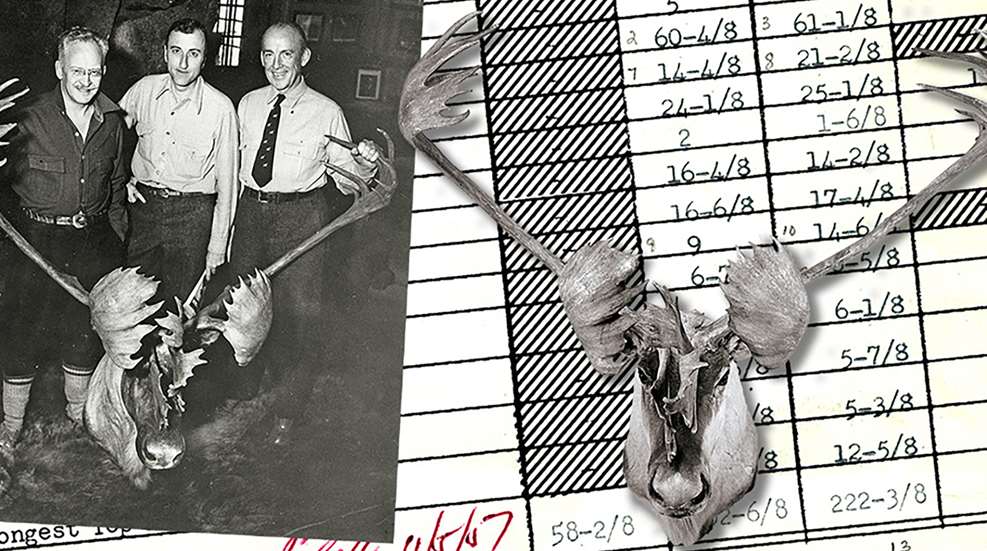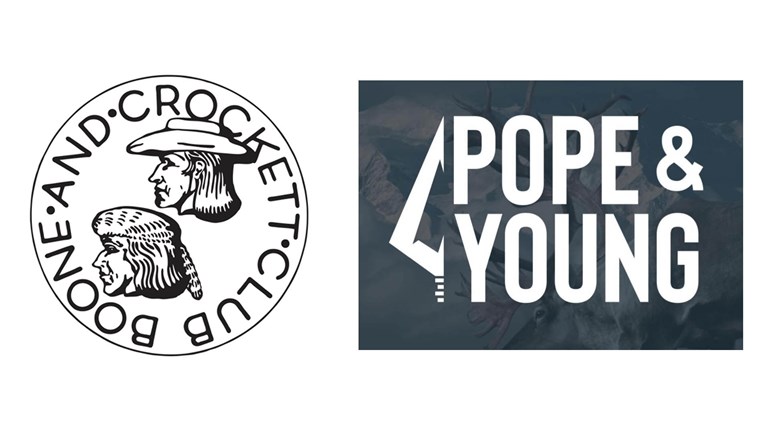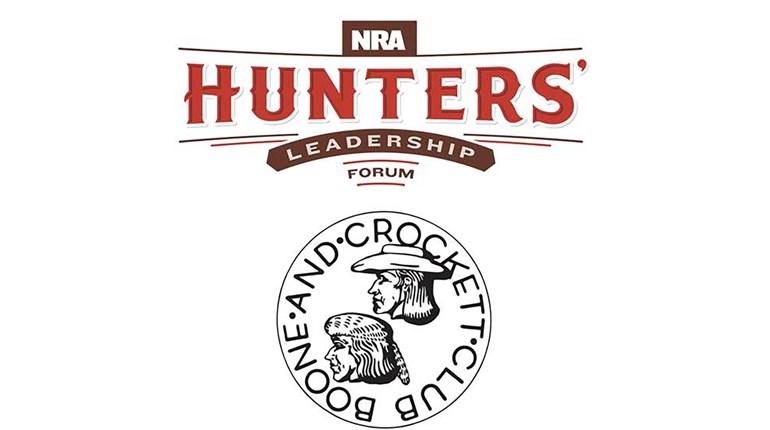
Say you’re finally going on that dream hunt, a hunt that you have dreamed about going on as long as you can remember. You saved your money and made many sacrifices throughout the years knowing that it will be worth it in the end. You did your research and found the right guide or outfitter. You acquired the perfect rifle and spent every spare moment going to the range to practice. Finally, the day arrives, and you are off on your long-awaited adventure.
You meet your guide, pack up your gear and are on your way to the backcountry. You get up early every morning in search of that perfect bull elk, moose, bear or whatever your intended target is. Eventually, you’re within shot of one of the biggest game animals that your guide has ever seen. You make the perfect shot, making it the hunt of a lifetime.
Your trophy is now at the taxidermist. Your taxidermist also tells you that it is one of the biggest animals they have ever seen. Now, all you need to do is wait the required drying period to have it measured. It is truly a trophy worthy of the record book. You contact the Boone and Crockett Club to get an official measurement so that your trophy can be entered.
“The big game records of the Boone and Crockett Club are a set of wildlife and hunting data the Club began to collect over a century ago. In the late 1950s, the Club began to focus on tracking the recovery and management of big game populations in North America. Today, the records program of the Club continues to be a useful tool for measuring the successes of wildlife conservation as its measuring system provides an indicator of age and habitat conditions for many species. Having sportsmen participate in this data collection system by voluntarily submitting their trophies is vital.”
Before it can be official, the Boone and Crockett Club Representative hands you an affidavit to sign. The affidavit states that you followed the rules set forth by the club. You read the rules carefully before you sign the affidavit and, to your shock, your trophy is already disqualified!
As of December 01, 2021, the Boone and Crockett Club adopted a new set of rules that address issues of “fair chase” and the use of new technology. The affidavit the Boone and Crockett Club requires before any trophy is recorded is based on the principle of “Fair Chase and the North American Model of Wildlife Conservation.” According to the Boone and Crockett Club, these new rules serve as a baseline, not only for fair chase, but also as a model for ethical hunting.
Advances in technology happen very fast. As a result, game laws, hunting club rules, basic hunter ethics and what is considered fair chase have a hard time keeping up. These new rules adopted by the Boone and Crockett Club are an attempt to stay ahead of new technologies that displace a hunter’s skill with an unfair advantage in taking game.
The technological advances which are now disqualifying for entry in the Boone and Crockett Record Book are any devices that allow two-way communication devices (two-way radios, cell phones, etc.) that guide hunters to game, artificial lighting, electronic light intensifying devices (night vision optics), sights with built-in electronic rangefinding capabilities (e.g., smart scopes), drones, thermal imaging equipment, the use of electronic game calls and the use of any technology that delivers real-time location data (including photos) to target or guides a hunter to any animal in a manner that elicits an immediate response by the hunter.
The Boone and Crockett Club has determined that some technologies take unfair advantage of game. The club recognizes that some technological advances are the natural progression of some hunters looking for success. Some technologies do not hamper fair chase and some advances only affect fair chase depending on how they are used.
Every hunter should review these rules each year prior to hunting season to stay abreast of any changes or updates. That way, the hunter will be up to date on the latest information available to consider their trophy entries into the Boone and Crocket Club, Pope and Young or any other club they wish to be listed. Anything is possible. Even though you may never expect to take a game animal large enough to make “the books,” your once-in-a-lifetime opportunity may present itself when you least expect it! Every year, fantastic trophies are taken in areas not known to produce massive game animals..

The Boone and Crockett Club‘s updated rules are as follows:
- The Club believes that having another person on the other end of a two-way radio or cell phone to help locate or guide a hunter to game is not Fair Chase.
- The Club believes that using any technology or device that allows hunters to see in the dark to harvest an animal is both and unsportsmanlike and is not Fair Chase.
- The Club believes that rangefinders and scopes are critical for the ethical taking of game animals but if the two things are combined into one device (smart scopes), it is a substitute for basic skills and undermines the hunting experience and is not Fair Chase.
- The Club believes that the use of drones to take pictures or videos and transmitting the information live whether scouting or during the hunt takes unfair advantage over a game animal and other hunters and is not Fair Chase.
- The Club believes that the use of thermal imaging devices is helpful in recovering wounded or lost game but using thermal imaging devices to initially locate game for hunting is not Fair Chase.*
- The Club believes that any technology that delivers images real time to a hunter and that hunter uses the information immediately, a few hours later or even the same day is not Fair Chase.
- The Club believes that the use of electronic collars is useful in keeping track of dogs used in hunting but using the electronic collar on the dogs to locate bayed up game is not Fair Chase.
*Always check your state hunting regulations on the use of night vision or thermal devices.














































